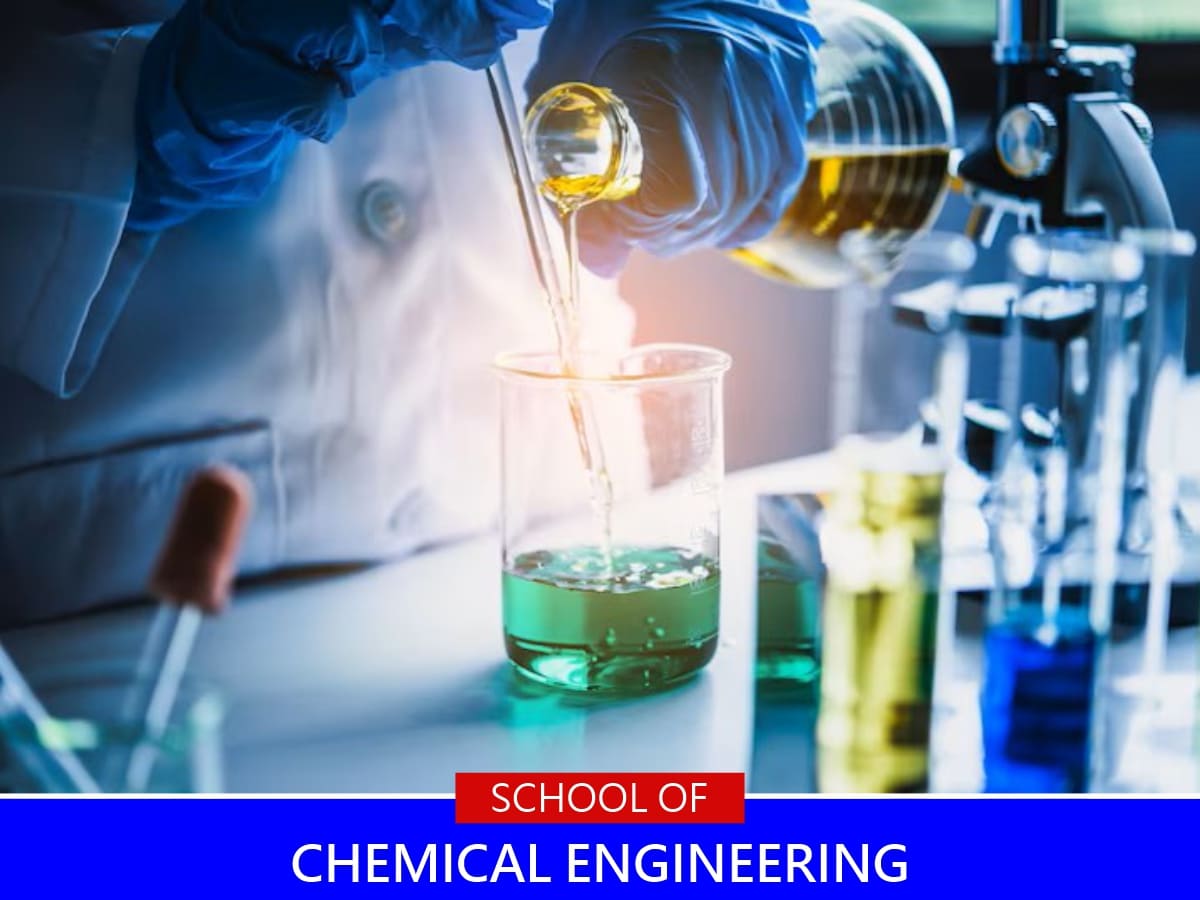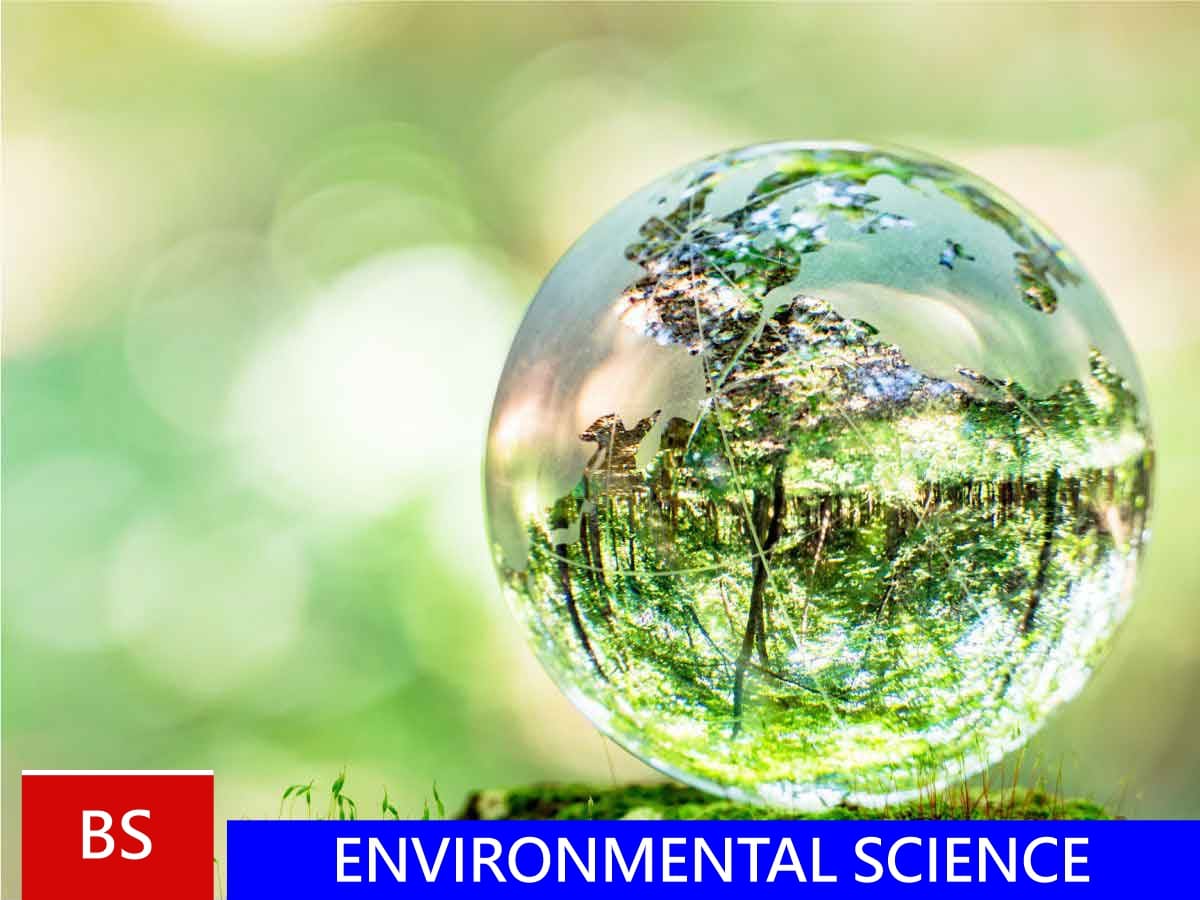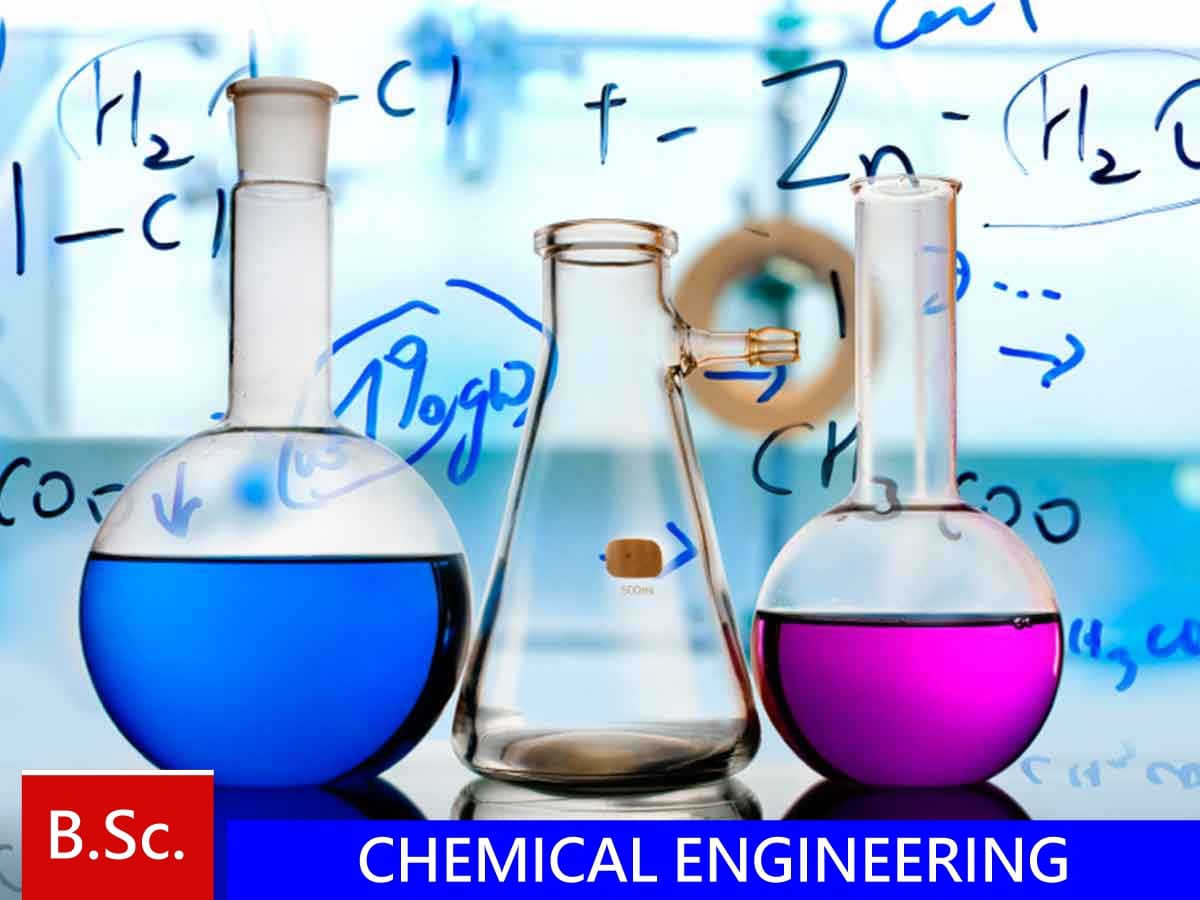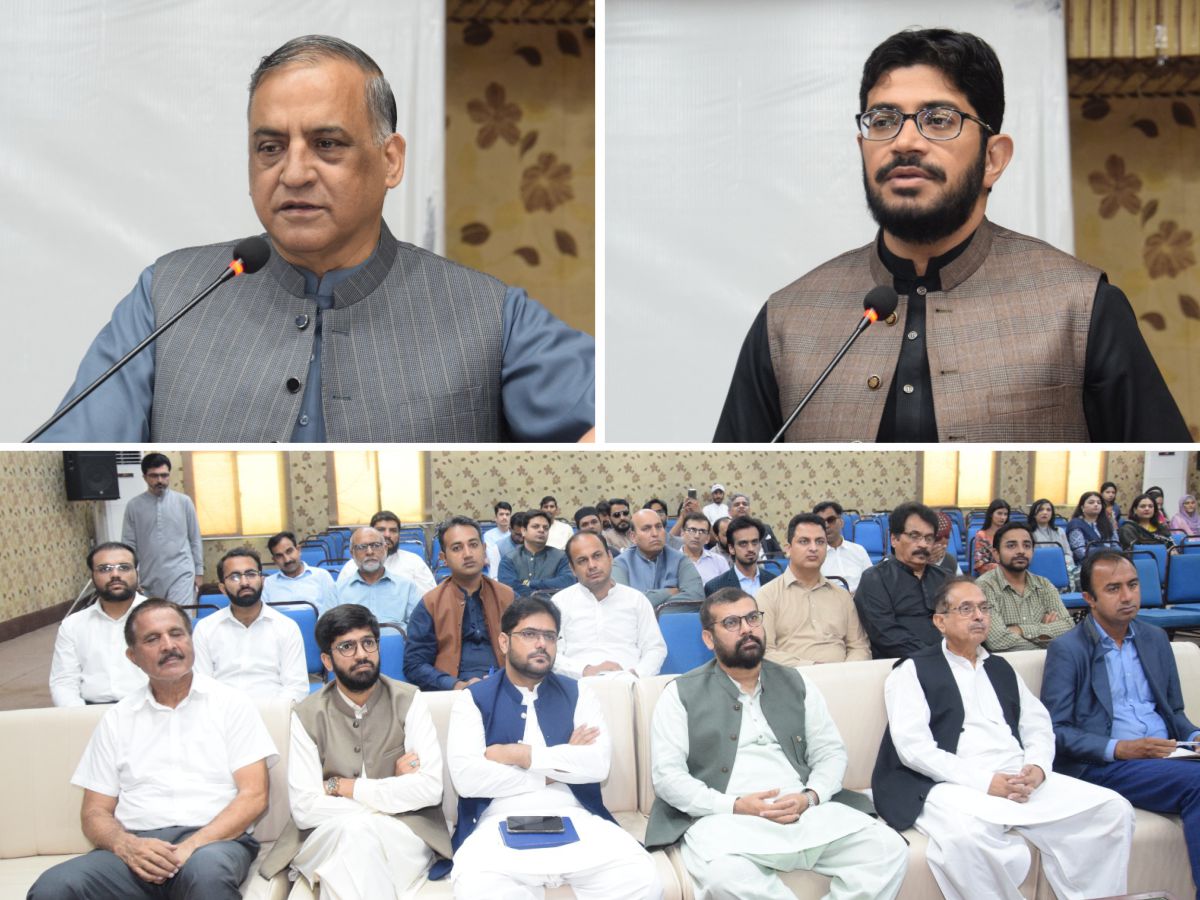
Introduction

Program Educational Objectives
This section includes details on the vision and mission of the University and on the vision & mission of the School of Chemical Engineering (SChE). The Program Educational Objectives (PEOs) of B.Sc. (Engg.) Chemical Engineering are defined and disseminated. PEOs are linked to the mission and vision of the university. Steps essential to be taken to continuously improve the program are also discussed here.
Mission and vision statements are designed in a way that they clearly communicate and reflect the ultimate purpose of the university. The statements are approved by the Board of Governors and reviewed regularly by the concerned authority and stakeholders. The Deputy Chairman of BoG, Vice Chancellor, Faculty Deans & Members and other stake holders are involved in writing the mission statement. Vision and Mission are communicated through various channels like the website, prospectus and faculty posters.
University’s Vision
We are committed to creating a conducive learning environment that enables our students to embark on a journey of intellectual, social, spiritual and personal transformation. We will ensure that our alumni benefit society on local, national and global scale. The university's distinctive system of education and training will offer a source of strength.
University’s Mission Statement
With exposure to new ideas and critical ways of thinking and learning, students actualize their potential for intellectual and human development. Future leaders are nurtured to be tolerant, humane and productive beings so that they are in a position to make a positive contribution to the nation and the international community. We believe that our students' character and attitude reflect their education
School of Chemical Engineering (SChE) Vision Statement
The DChE strives to train and educate students in the fields of Chemical Engineering for their future role to contribute in academia, research, business and industry. We will ensure that our alumni benefit society on local, national and global scale.
School of Chemical Engineering (SChE) Mission Statement
The mission of the School of Chemical Engineering is to develop and disseminate the understanding of designing and operations of chemical processes so that our graduates can excel in academia, research, business and industry.
Program Educational Objectives (PEOs) are:
PEO 1: Success in Chemical Engineering Areas
With the exposure to new ideas of Chemical Engineering and critical way of thinking & learning, Engineers have solid foundation of Engineering Knowledge and are able to solve engineering problems. This is achieved by SChE’s distinctive education & training system.PEO 2: Innovation Ability and Contribution to Society:
Graduates can actualize their potential to rapidly changing environment by learning new skills, modern tools and advanced technologies. Engineers are able to benefit society at local & international levels.PEO3: Excel in professional ethics, teamwork and leadership qualities:
Engineers & Leaders are tolerant, ethical, humane and productive with professionalism, teamwork and leadership qualities. They are on journey of social, spiritual and personal transformation.PEO 4: Continued Professional Development:
Students attained a sense of self evaluation, self-accountability with character & attitude that reflects their education & training. MUL’s education system made them to continue life by technical & professional development.Program Educational Objectives (PEOs) alignmen:
Mapping of PEOs & DChE’s Vission & Mission with Vision and Mission of the University is provided in Table 1.Table 1: Alignment of PEOs, Vision & Mission of DChE with the vision & mission of the University
| PEOs | DChE Vision | DChE Mission |
|||||
| PEO-1 | PEO-2 | PEO-3 | PEO-4 | ||||
| MUL’s Vision | We are committed to creating a conducive learning environment that enables our students to embark on a journey of intellectual, social, spiritual and personal transformation. We will ensure that our alumni benefit society on local, national and global scale. The university's distinctive system of education and training will offer a source of strength. | ✓ | ✓ | ✓ | ✓ | ✓ | ✓ |
| MUL’s Mission | With exposure to new ideas and critical ways of thinking and learning, students actualize their potential for intellectual and human development. Future leaders are nurtured to be tolerant, humane and productive beings so that they are in a position to make a positive contribution to the nation and the international community. We believe that our students' character and attitude reflect their education. | ✓ | ✓ | ✓ | ✓ | ✓ | ✓ |
There is a set of twelve Programme Learning Objectives (PLOs) of Chemical Engineering Programme, which describe what students are expected to know/perform/attain by the time they graduate from School of Chemical Engineering. The programme learning outcomes (PLOs) are given below.
1.0.1 Engineering Knowledge:
Ability to apply knowledge of mathematics, science, engineering fundamentals and engineering specialization to the solution of complex engineering problems.2.0. Problem Analysis:
Ability to identify, formulate, research literature, and analyse complex engineering problems reaching substantiated conclusions using first principles of mathematics, natural sciences and engineering sciences.3.0. Design/Development of Solutions:
Ability to design solutions for complex engineering problems and design systems, components or processes that meet specified needs with appropriate consideration for public health and safety, cultural, societal, and environmental considerations.4.0. Investigation:
Ability to investigate complex engineering problems in a methodical way including literature survey, design and conduct of experiments, analysis and interpretation of experimental data, and synthesis of information to derive valid conclusions.5.0. Modern Tool Usage:
Ability to create, select and apply appropriate techniques, resources, and modern engineering and IT tools, including prediction and modelling, to complex engineering activities, with an understanding of the limitations.6.0. The Engineer and Society:
An ability to apply reasoning informed by contextual knowledge to assess societal, health, safety, legal and cultural issues and the consequent responsibilities relevant to professional engineering practice and solution to complex engineering problems.7.0. Environment and Sustainability:
An ability to understand the impact of professional engineering solutions in societal and environmental contexts and demonstrate knowledge of and need for sustainable development.8.0. Ethics:
Ability to apply ethical principles and commit to professional ethics and responsibilities and norms of engineering practice.9.0. Individual and Team Work:
Ability to work effectively, as an individual or in a team, on multifaceted and /or multidisciplinary settings.10.0. Communication:
Ability to communicate effectively, orally as well as in writing, on com-plea engineering activities with the engineering community and with society at large, such as being able to comprehend and write effective reports and design documentation, make effective presentations, and give and receive clear instructions.11.0. Project Management:
Ability to demonstrate management skills and apply engineering principles to one’s own work, as a member and/or leader in a team, to manage projects in a multidisciplinary environment.12.0. Lifelong Learning:
Ability to recognize importance of, and pursue lifelong learning in the broader context of innovation and technological developments.Mapping of PEOs with PLOs/ Gas:
Mapping of Program Educational Objectives (PEOs) and Program Learning Outcomes (PLOs) or Graduate Attributes (GAs) is given below in Table 2:Table 2: Alignment of PEOs and PLOs/ GAs.
|
PEC Graduate Attributes/PLOs |
PEOs | ||||
| PEO 1 | PEO 2 | PEO 3 | PEO 4 | ||
| PLO 1 | Engineering Knowledge | ✓ | ✓ | ||
| PLO 2 | Problem Analysis | ✓ | ✓ | ||
| PLO 3 | Design/Development of Solutions | ✓ | ✓ | ✓ | |
| PLO 4 | Investigation | ✓ | ✓ | ||
| PLO 5 | Modern Tool Usage | ✓ | ✓ | ||
| PLO 6 | The Engineer and Society | ✓ | ✓ | ✓ | |
| PLO 7 | Environment and Sustainability | ✓ | ✓ | ✓ | |
| PLO 8 | Ethics | ✓ | ✓ | ||
| PLO 9 | Individual and Team Work | ✓ | |||
| PLO 10 | Communication | ✓ | ✓ | ||
| PLO 11 | Project Management | ✓ | ✓ | ||
| PLO 12 | Lifelong Learning | ✓ | ✓ | ✓ | ✓ |
Scope of the field
Originally, chemical engineering was something about the industrial-scale production of chemicals, but now, the field has come a long way, having used in various fields of knowledge and industries. Chemical Engineering is indeed a very broad field and the branch of study has its applications in diverse sectors, such as textile, plastics, food, petroleum, pharmaceuticals, and more. With many of these manufacturing and service sectors hiring chemical engineers, there opens huge scope for the degree in terms of recruitment and chemical engineering is becoming one of the brightest career options for graduates for its job opportunities within the country and across the globe.
Currently, the Pakistani industrial sector is on its way of expansion, creating more and more opportunities for chemical engineering students in areas of production, designing, research, and development. The recent trend shows that the industry is expected to evolve and grow phenomenally in the years to come.
Facilities available in the department
School of Chemical Engineering has following state of the art laboratories:-
- Simultaneous Heat & Mass Transfer Lab
- Computer Lab
- Fuel And Combustion Lab
- Engineering Drawing lab
- Engineering Workshop
- Inorganic & Organic Chemistry Lab
- Mass transfer Lab
- Heat Transfer Lab
- Fluid Mechanics Lab
- Particulate Technology Lab
- Instrumentation and Process Control Lab
- Chemical Reaction Engineering Lab
- Engineering Thermodynamics Lab
- Departmental Library
Career Path:
The duties and responsibilities of a Chemical Engineer generally include:
- Designing and inventing new chemical processes/products.
- Construction, installation, and supervision of manufacturing plants and equipment.
- Planning and operating industrial plant facilities.
- Development of advanced and improved manufacturing processes.
- Creating modernized and high-quality chemical materials for industrial production.
- Processing of food and agricultural products, cosmetics, and mineral based industries.
- Providing safety measures for chemical industry work conditions.
- Creating environment-friendly health and safety standards.
- Research and development activities in the Technology firms.



